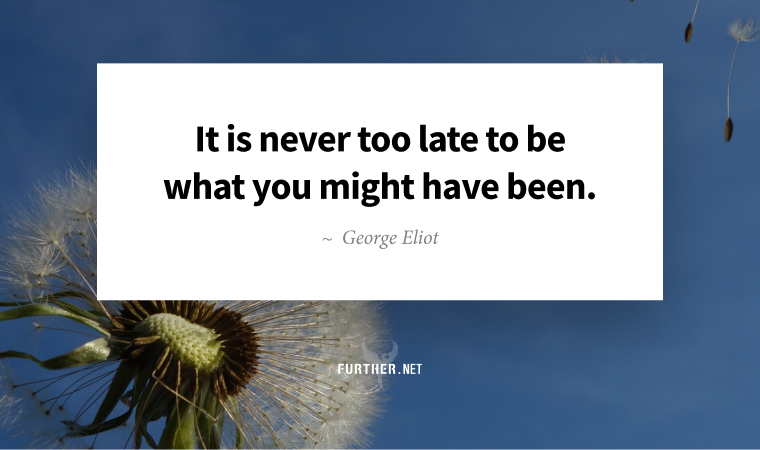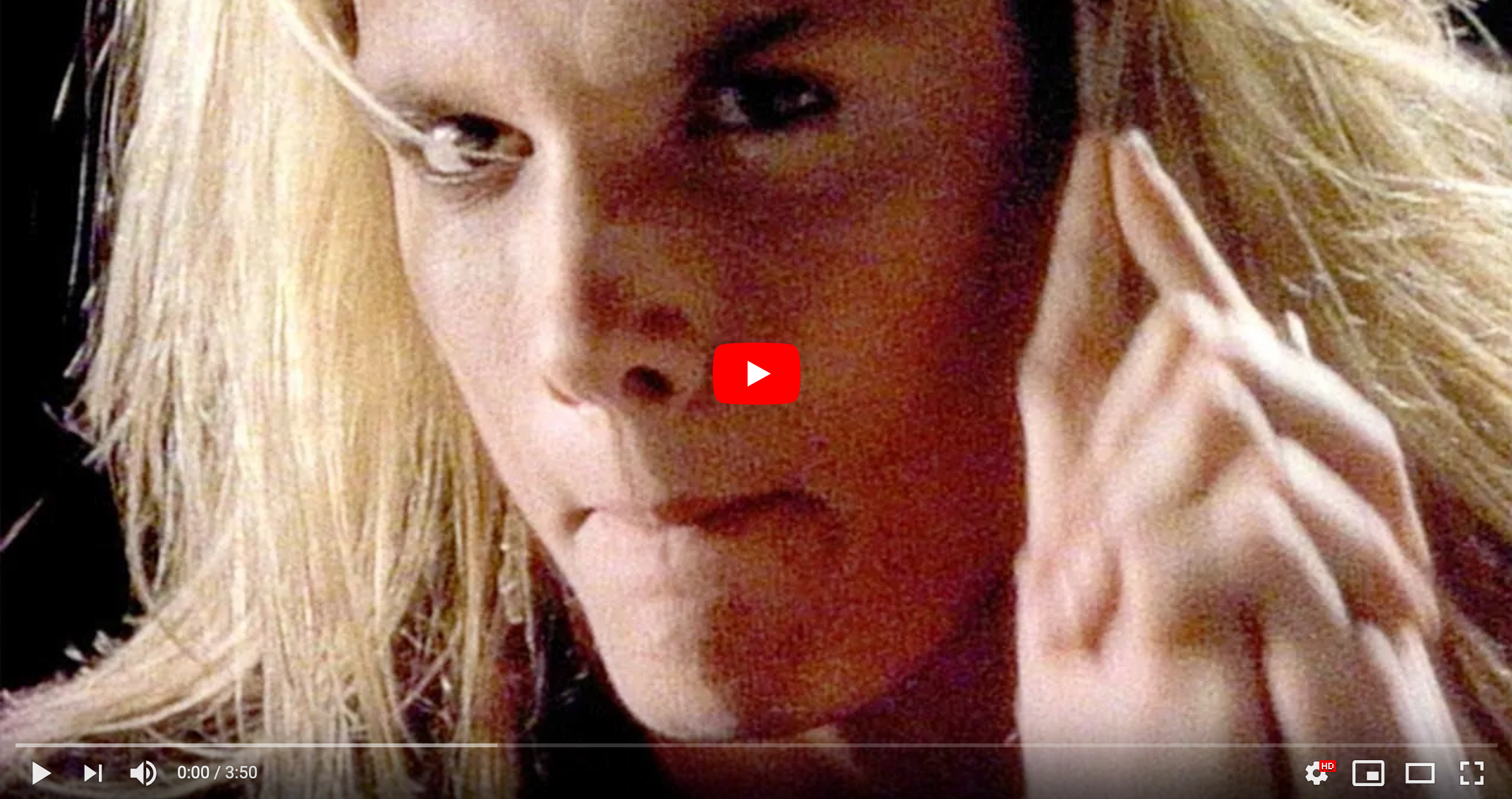
Bruce Lee began training in wing chun gung fu at the age of 13. His teacher naturally stressed physical mastery, but also included Taoist philosophical principles that had broader life significance.
In one particular training session, the teacher tried to get Bruce “out of his own head” and to instead follow his opponent’s movements. When Lee failed to maintain detachment from thoughts about the punches and moves he wanted to make, the teacher stopped him.
“Never assert yourself against nature,” the teacher told him. “Never be in frontal opposition to any problem, but control it by swinging with it.” The teacher then dismissed Bruce for the week, telling him to take time to think about what he was told.
Frustrated, Lee rowed a small boat out into Hong Kong harbor. Boiling mad about being dismissed and still not understanding what his teacher meant, he angrily punched downward into the South China Sea. Suddenly, he understood the lesson from the way the water yielded to his fist and effortlessly reformed.
Years later, Lee summarized what he realized that day:
Be like water making its way through cracks. Do not be assertive, but adjust to the object, and you shall find a way around or through it. If nothing within you stays rigid, outward things will disclose themselves.
Empty your mind, be formless. Shapeless, like water. If you put water into a cup, it becomes the cup. You put water into a bottle and it becomes the bottle. You put it in a teapot, it becomes the teapot. Now, water can flow or it can crash. Be water, my friend.
We could have used this advice earlier in the year, right? Instead, the first Further of 2020 focused on brain health, with this rationale:
Your brain is not only capable of improvement at midlife, I’d say it’s job number one as we head into a new decade that promises to be wackier than the one we just left behind.
Two months later, we saw how “wacky” things could get with the onset of a pandemic. I had no idea that would happen, of course, which means we’re in for more anticipated adversity in 2021 and beyond, even as the COVID-19 vaccines are rolling out. And we now know to expect the unexpected as well.
Keeping your cognitive abilities in top form is still vital. But it may be even more important to improve your emotional and intellectual adaptability. We can’t count on the world to be sane now or in the future. We can only flow with the course of events and look for opportunity among the adversity.
Bruce Lee also had some less metaphorical advice on the topic:
Believe me that in every big thing or achievement there are always obstacles, big or small, and the reaction one shows to such obstacles is what counts, not the obstacle itself. I have learned that being challenged means one thing and that is, what is your reaction to it?
“Go with the flow” doesn’t encourage apathy. It embraces adaptability.
Be Water, My Friend: The True Teachings of Bruce Lee (Amazon)
Keep It 300
They say weight loss happens in the kitchen, meaning it’s smarter to consume fewer calories, not simply burn more. But if you want to keep eating plenty, is there a level of exercise that allows you to still lose weight? The answer is in the headline below, but click through for all the details.
To Lose Weight With Exercise, Aim for 300 Minutes a Week (New York Times)
Check Your Bread
It’s time to do a year-end financial review and set your path for 2021. The things to consider include making sure your savings and investments are aligned with your goals, reducing income taxes, shopping for better interest rates, and reviewing your estate planning.
Review Your Finances Now to Keep on Track in 2021 (Kiplinger)
The Perpetual Business Trip
Even when the pandemic eases, it will take years for tourism to reach pre-COVID levels. On the other hand, digital nomadism will increase ASAP, with projections of a billion digital nomads by 2035. Remember, these aren’t just kids in their 20s and 30s … it’s mostly people like us.
Life in 2025: Digital Nomads Will Change Travel and Work Forever
Trudi elaborates on the way to best think about making a career change. And in the Flashback, we’re listening to some Bach … although your parents probably weren’t fans of this classic.
Keep going-
P.S. Share this issue of Further with friends, and earn cool Further gear. It’s easy … just use these links that contain your unique referral code:
Twitter | Facebook | LinkedIn | WhatsApp | Email
How to Make a Career Change Work for You

By Trudi Roth
There’s a Navy slogan from the 80s you may remember: “It’s not just a job, it’s an adventure.”
Framing work as personally expansive was a genius marketing move. Decades later, when viewing your vocation through the double lens of midlife and pandemic-induced uncertainty, you may feel ready for a new adventure.
Here at Further, we support finding joy in your work, and we also recommend pragmatic pivots. Consider all angles, as you may need to re-skill and make sacrifices.
Smart strategies and mental models can anchor you as you plan the next phase of your professional life.
Considering a Career Change
When facing a significant transition, start by using your noggin.
When you do the work upfront by examining your situation through the lens of a few mental models, you set yourself up for fewer regrets and more satisfaction down the road.
First off, it’s velocity, not speed, that propels you forward. Taking a high-paying job or signing a client in a business sector you know but don’t care about may expedite ego-driven goals — but it won’t take you where you ultimately want to go. Velocity helps you turn down short-term gains to play a better long-game.
If you’re not sure about your ultimate destination, work backward using inversion. Identify what you do and don’t want — then make your plans in reverse order, according to the success and satisfaction factors the exercise reveals. For example, you might realize you love working from home or hate doing work unaligned with your values.
Requirements in hand, you can confidently move forward.
Shore Up Your Strategies
There’s an old expression (and mental model): “The map isn’t the territory.”
Maps are an abstraction, which is why career coaches encourage staying grounded in reality while exploring the uncertain terrain of a new direction. For example, strategizing how to survive lean months is as important as plotting the outcome you desire.
It’s also crucial to shift to a skills-first mentality. Focusing on what you do well makes it easier to transition to doing what you love.
I know this firsthand: a deepening interest in meditation led me to teacher training. Now that I’ve finished, my career pivot is underway — but I’m using my skills as a solopreneur and freelance marketing writer as a backbone.
Finally, be ruthless about what you leave behind, but kind to yourself by starting small. By ditching what no longer serves you, you’ll find time in your day to make “no regret” moves, like updating your LinkedIn.
A midlife career change may feel risky, but so is wasting time waiting for your ship to come in. Instead, embrace the joy of jumping ship and get on with the life you’re meant to live.
Mental Models for Career Changes (Farnam Street)
5 Strategies for Reinventing Your Career in Uncertain Times (Harvard Business Review)
further: flashback

Skid Row – 18 And Life
Skid Row, 1989
You have to admire the audacity of Sebastian Philip Bierk’s decision to call himself Sebastian Bach (as in Johann). But with the pipes, the looks, and the hair on display in 18 and Life, the Skid Row front man could call himself whatever he wanted. (YouTube)
further: sharing
Would you do me a favor and share this issue of Further? If so, you can earn cool Further gear when people subscribe thanks to your share.

Simply use these links that contain your unique referral code:
Twitter | Facebook | LinkedIn | WhatsApp | Email
You can also share wherever you like by copying and pasting your unique referral link:
{{subscriber.rh_reflink}}
Thank you for sharing Further!
